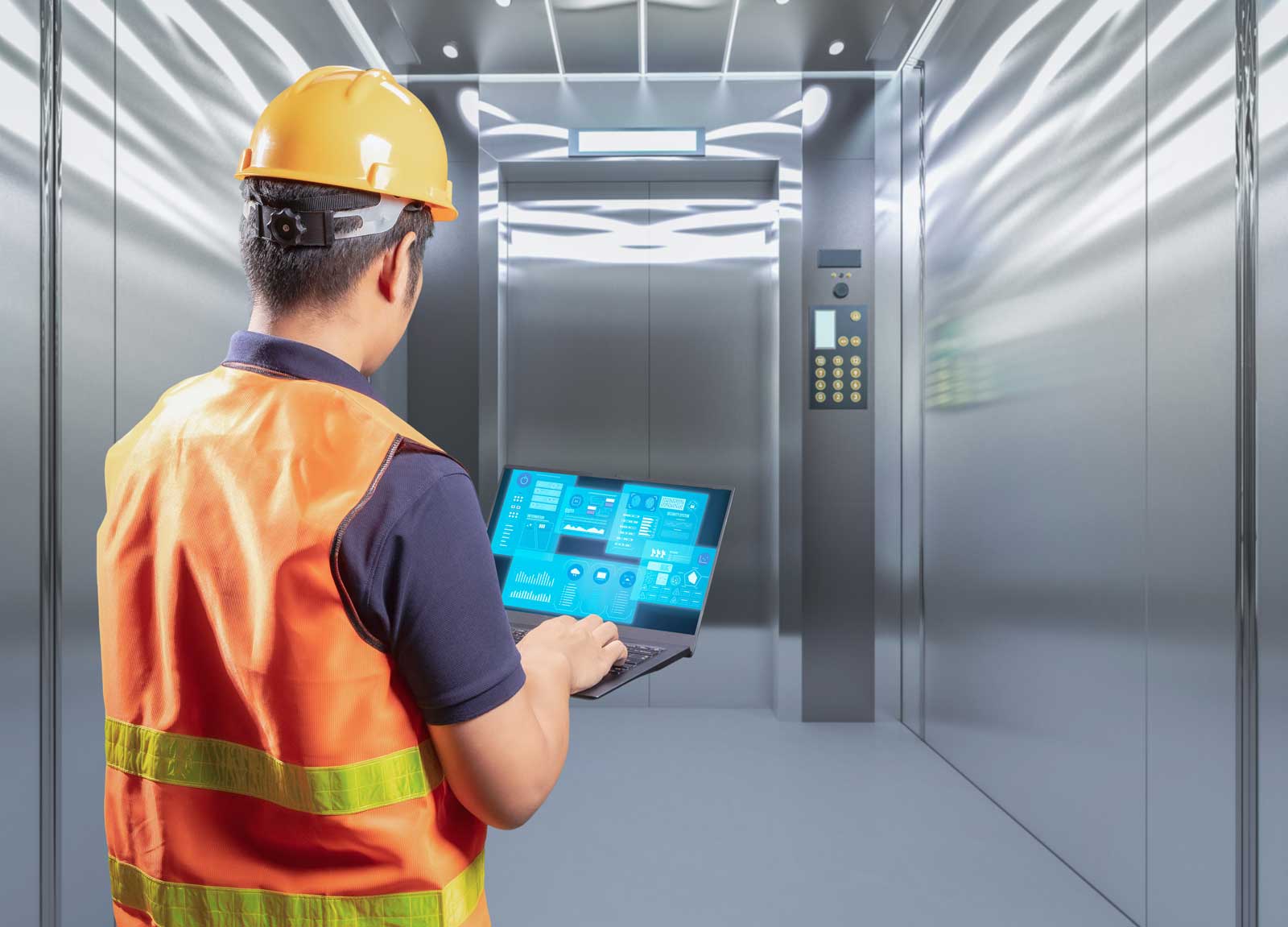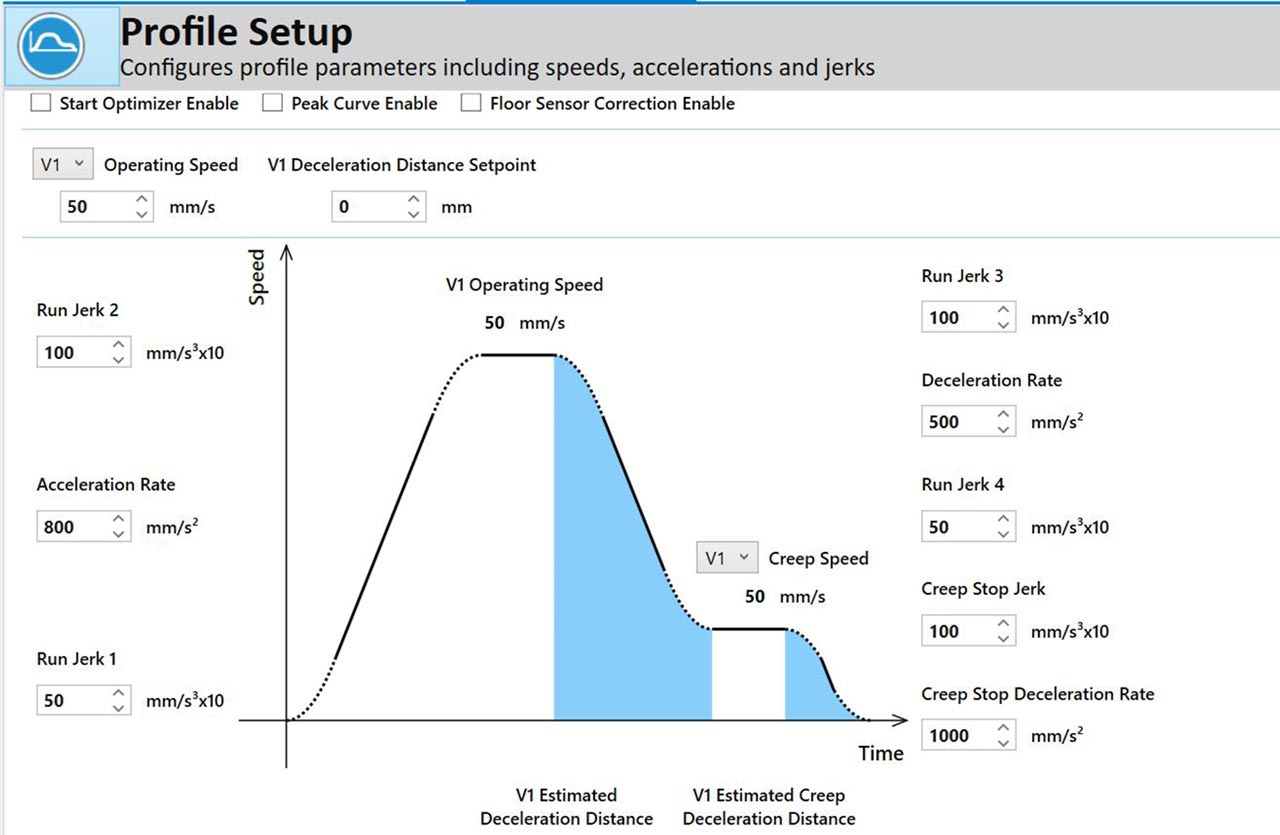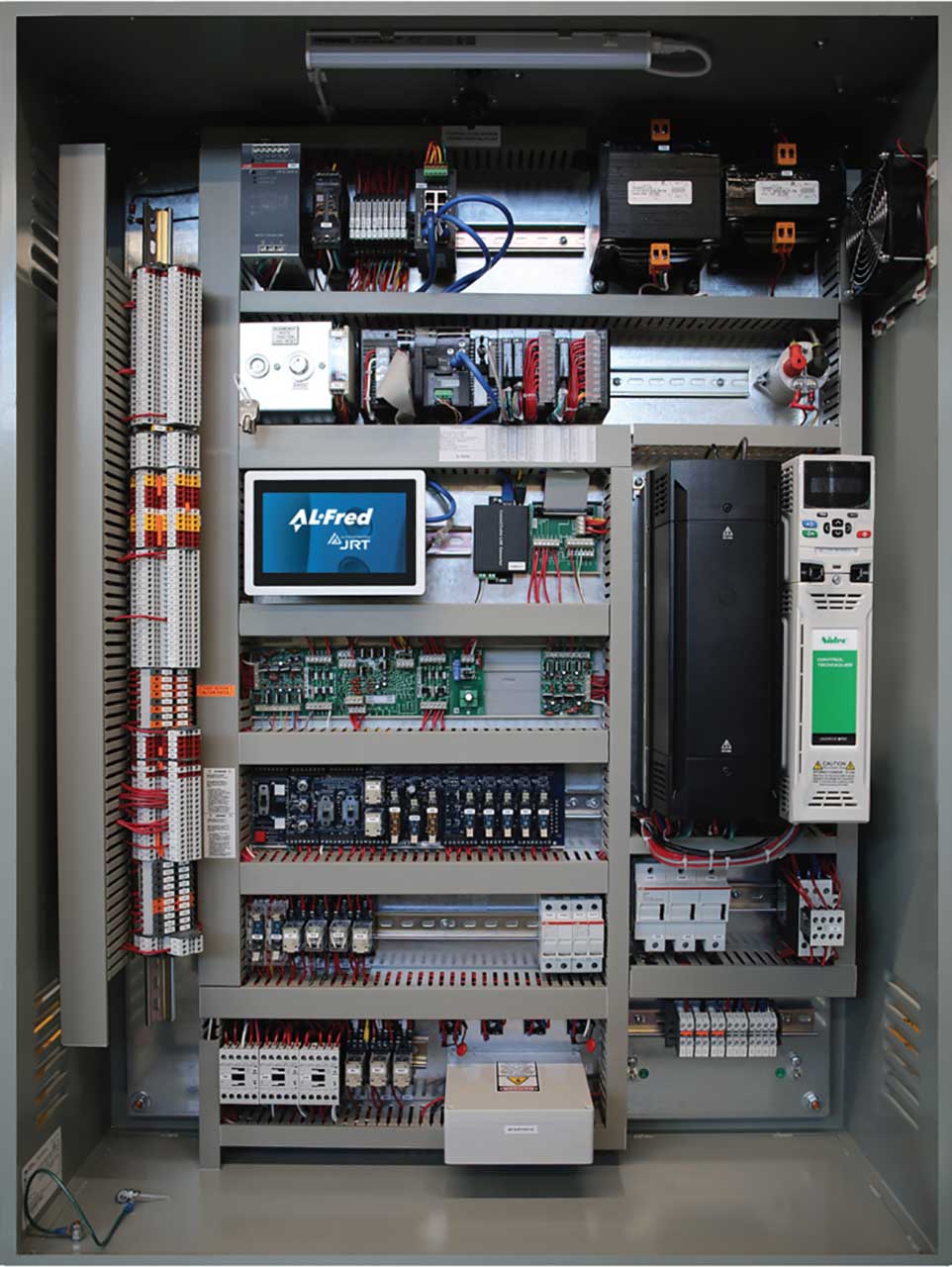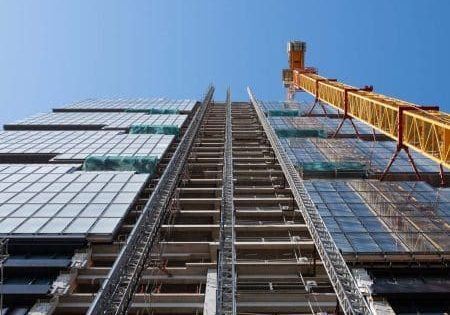Advancements in Elevator-Specific VFD Technology
Sep 3, 2023

Specially engineered elevator drives streamline maintenance and enhance user experience.
by Kirsten Trout
Introduction
When considering elevator drive packages, one of the most consequential elements of control is the Variable Frequency Drive (VFD), which provides power, speed and torque control to the elevator motor. Advancements and optimization in VFD technology for the elevator industry have opened the possibility for improved monitoring, troubleshooting and predictive maintenance schedules. Overall reduced downtime can be leveraged through these improvements. Elevator drives are engineered to meet the unique demands of elevator systems and achieve optimal functionality, streamlined maintenance processes and enhanced user experience. The introduction of advanced monitoring capabilities enabled elevator technicians to have real-time access to critical data and performance metrics. This enhanced visibility empowers them to identify potential issues proactively, diagnose failures quickly and schedule preventive maintenance. Advancements in elevator-specific VFD technology allow for more efficient and cost-effective practices, ensuring elevator systems perform smoothly and minimize the occurrence of unexpected breakdowns.
Easy To Use (Intuitive Parameter Structure)
The days of struggling with VFD keypads are in the past since many VFD keypad interfaces have been optimized specifically for the elevator industry. VFDs designed specifically for elevators offer many benefits, including improved performance, enhanced ride comfort and a streamlined setup process. With elevator-specific settings, start-up time can be significantly reduced, allowing greater optimization for improved performance and ride comfort. In addition to elevator-specific settings, VFD manufacturers have developed user-friendly software to further simplify the commissioning process. The software features an intuitive and easy-to-follow start-up screen, enabling elevator technicians to configure and fine-tune the VFD parameters effortlessly. Reduced startup time and performance optimization is easily achievable with the advancements in VFD usability.
Smart Drive Intelligence (Performance Tracking)
Preventing VFD failure is a crucial component in avoiding unwanted and prolonged downtime. The ability of VFDs to track and log performance data plays a vital role, as it enables the identification of trends and patterns. This critical information can be leveraged to develop a strategic maintenance schedule to proactively prevent failure. A scheduled maintenance plan during non-peak hours can minimize disruption and unplanned downtime. A key aspect of tracking historical runtime data is the ability to conduct a thorough analysis of past failures. Engineers and maintenance technicians can gain valuable information into root causes and factors contributing to the failure. Based on this data, preventable measures can be implanted to mitigate the likelihood of reoccurring failures in the future. Tracking data in real time can also help reveal patterns that can identify potential future failures. Early intervention maintenance can be scheduled proactively to prevent future failure and unwanted and costly downtime.

Elevator Dedicated Drive Features (Failure Analysis — Diagnostic Parameters)
In addition to improved monitoring and predictive maintenance, VFD advancements have also led to a more user-centric experience. In the past, elevator drives were often standard industrial drives fitted into an elevator control panel. With advancements in drive technology, VFDs have been optimized specifically for elevator applications. These drives are engineered to meet the unique requirements and demands of elevator systems, ensuring optimal performance, reliability and safety. Elevator-dedicated VFDs are designed to handle specific duty cycles and high loads in elevator operation. Modern elevator drives are manufactured with thermal-optimized components that have been specifically designed for heat dissipation generated during normal elevator operation. This design enhancement prolongs the life of the VFD and reduces the risk of catastrophic failure caused by excess heat. In addition to optimized boards, the insulated-gate bipolar transistors (IGBTs) that help convert utility power for the VFD have been extensively tested to withstand the load and stress experienced during elevator operation. VFD components have been carefully selected and tested to ensure reliable, long-lasting performance and overall system safety.
CANopen LIFT
The CANopen LIFT communication protocol has been designed specifically for elevator control systems, which bring a variety of standardization benefits to the elevator industry. These benefits include improved efficiency, reliability and safety. The CANopen LIFT protocol provides a standardized communication framework for elevator systems. With a standard operating protocol, different components of the elevator system can seamlessly integrate. This eliminates component compatibility issues, simplifies installation and maintenance and reduces system complexity. CANopen LIFT can accommodate a diverse range of elevator system requirements. Through its flexible integration, elevator system modifications and replacements are quick and hassle-free.
In addition to making modifications, replacements and upgrades easy, CANopen LIFT can also aid in system performance and maintenance. CANopen LIFT can show real-time data between various components in the elevator system. Monitoring may include floor position, door status, fault detection, brake status and speed. Through monitoring of these data points, proactive maintenance schedules can be optimized and downtime during peak operating times prevented. In the unfortunate event of a VFD failure, the drive can be easily swapped out without having to rewire or reprogram it. The flexible and universal integration also makes exchanging VFDs from various manufacturers possible. The CANopen LIFT protocol eliminates the need for drive specific programming within the elevator system.
The CANopen LIFT protocol is designed to enhance elevator control systems by providing a standardized communication framework that improves efficiency, reliability and safety. Its seamless integration capabilities, flexibility in system modifications and real-time data monitoring contribute to optimized performance and streamlined maintenance processes in the elevator industry.

Integration With BMS
The benefits of a VFD are the control-agnostic communication protocols such as Modbus, Ethernet IP, BACnet and others. These protocols enable the VFD to seamlessly integrate into any Building Management System (BMS), offering a wide range of flexibility for building operations. The range of VFD communication protocols allows for a cohesive integration with other systems on the building network. Elevators, HVAC and building security can all be centrally controlled and monitored through a single BMS. Through BMS integration, building operators can actively manage elevator usage, track performance and implement energy-saving strategies. A cohesive monitoring system can allow for centralized control, data acquisition and analysis. This seamless approach enhances operational efficiency, reduces maintenance costs and enables proactive decision-making based on real-time data. The ability to integrate with a wide range of protocols ensures compatibility with existing systems, allowing for scalability and adaptability with BMS technology.
Conclusion
In conclusion, advancements in VFDs designed specifically for elevator applications have improved the elevator industry. The easy-to-use improvements made to VFDs have decreased struggles with startup and integration with the elevator control panel. Elevator technicians can now effortlessly configure, fine-tune and troubleshoot issues using user-friendly software with easy-to-read startup screens. These improvements not only reduce startup time but allow for better optimization, resulting in improved ride comfort and performance.
Elevator-specific VFDs offer a variety of features that allow optimal reliability and safety. These VFDs are designed to handle the required demands of the elevator system, including duty cycles and high loads. Thermal-optimized components contribute to reliable and long-term performance, increasing the overall safety of the system.
The intelligence of VFDs enables the tracking and logging of performance data and identification of critical trends that allow for the development of strategic maintenance schedules. These maintenance schedules enable the implementation of preventive maintenance protocols to proactively prevent failures and unwanted downtime.
The implementation of the CANopen LIFT protocol in elevator control systems brings numerous benefits to the industry. This protocol ensures efficient, reliable and safe communication between different components of elevator systems, standardizing operations and simplifying installation and maintenance. It accommodates a wide range of elevator system requirements, enabling quick modifications, replacements and upgrades. Real-time data exchange between components facilitates proactive maintenance scheduling, optimizing system performance and preventing downtime during peak operating times. The universal integration capability of CANopen LIFT eliminates the need for drive-specific programming, simplifying the swapping out of VFDs from various manufacturers.
The control-agnostic communication protocols of the VFD allow for seamless integration with Building Automation Systems. This integration offers flexibility, centralizing the control and monitoring of elevators, HVAC systems and building security through a single BMS. Building operators can efficiently manage elevator usage, track performance and implement energy-saving strategies. The cohesive monitoring system enables centralized control, data acquisition and analysis, enhancing operational efficiency and reducing maintenance costs. The wide range of communication protocols ensures compatibility with existing systems, promoting scalability and adaptability with BMS technology.
In summary, the ease of use, elevator specific features, drive intelligence, communication protocols and integration capabilities with the BMS make VFDs highly valuable to the elevator industry.
Get more of Elevator World. Sign up for our free e-newsletter.









